| Home > Policy > White Paper, Notice, Announcement > White Paper > JAPANESE GOVERMENT POLICIES IN EDUCATION, SCIENCE, SPORTS AND CULTURE 1995 > Remaking Universities Chapter 2 Section 2 2 | ||
In recent years rapid social change and the advance of scientific and industrial technology have created a need for personnel with advanced specialized knowledge and skills in many sectors of society. Furthermore, the growing sophistication of professional skills has increased the importance of efforts to improve the quality of human resources in companies and other organizations, not only through in-house training but also through skill development outside companies. Graduate schools are expected to play an active role in the training of professionals for advanced specialized tasks. This need has led to the establishment of an increasing number of graduate departments and majors designed to train not only researchers but also professionals with advanced specialized skills.
The expansion of demand for adult reeducation is attributable to a number of factors, including the acceleration of technological innovation, the need for increasingly sophisticated professional skills as a consequence of social and economic change, the demand for individual self-education, the need to acquire new professional knowledge and technology, the growing need for refresher education, the reduction of working hours, and the increasing flexibility of job formats.
Statistics concerning the admission of adult students to graduate schools in fiscal 1994 show that there were 3,298 admissions at the master's degree level and 1,343 at the doctorate level. The figure for master's degree courses was 2.1 times higher than the fiscal 1989 total, and that for doctorate courses 4.7 times higher ( Figure 2.18 ).
Graduate schools are introducing more flexible systems and various innovations to encourage the admission of adult students. Examples include
In fiscal 1995 11 universities had evening graduate schools with a total of 15 departments. These were the Graduate School of Education and the Graduate School of Management Sciences and Public Policy Studies at the University of Tsukuba, the Graduate School of Education at Osaka Kyoiku University, the Graduate School of International Politics, Economics, and Business at Aoyama Gakuin University, the Graduate School of Management and Information Sciences at Tama University, the Department of Literature of the Graduate School of Toyo University, the Humanities Division of the Graduate School of Hosei University, the Graduate School of Social Sciences at Waseda University, the Department of Human Sciences and the Department of Social Sciences of the Graduate School of Toyo Eiwa Women's University, the Graduate School of Public Policy at Yamanashi Gakuin University, the Graduate School of Language Education, the Graduate School of Law, and the Graduate School of Econoinformatics at Himeji Dokkyo University, and the Graduate School of Clinical Education at Mukogawa Women's University.
Day/evening programs utilize various methods, such as the combination of evening lectures and intensive lectures, that are designed to enable adults to pursue higher education while employed. The number of graduate schools offering such programs has increased in recent years. In fiscal 1995 programs were offered by 113 universities (189 graduate departments and 540 majors), including the Course in School Education of the Graduate School of Education at Niigata University, the Course in Japanese Economy and Management of the Graduate School of Economics at Nagoya City University, and the Department of Electrical Engineering of the Graduate School of Engineering at Tokyo Denki University.
Many of the fields covered by education and research in evening and day/evening programs are closely related to professional activities. Examples include corporate law, international business, and clinical education. A number of universities conduct questionnaire surveys of companies and use the results in curriculum planning. Many companies have begun to send employees to graduate schools to improve the quality of their work forces.
According to the results of the January 1995 survey discussed later in this section, the percentages of adult students attending graduate schools who felt that they had adequate access to information about adult entrance examinations and that course formats gave sufficient consideration to the needs of adult students were surprisingly low. Graduate schools need to work more actively to introduce greater flexibility into their systems.
A March 1994 survey of the careers of people who had completed graduate courses shows that of the 36,581 people who had completed master's degree courses, 6,191 entered doctorate programs, while 24,990 entered employment. The main industrial sectors in which graduates were employed were manufacturing (14,204, or 56.8%), services, including education (5,184, or 20.7%), and public service (1,635, or 6.5%) ( Figure 2.19 ).
A total of 7,366 people had completed doctorate courses. Of these, 4,842 (65.7%) entered employment. The main industrial sectors chosen were services, including education (3,633, or 75.0%), medical and health services (1,328, or 27.4%), manufacturing (700, or 14.5%), and public service (262, or 5.4%) ( Figure 2.20 ).
Demand for graduates of master's degree courses in science and engineering is especially high, but there has also been a steady rise in demand for graduates in the humanities and for graduates of doctorate courses. There is evidence, however, that society still does not always place a high enough value on graduate school education. Moreover, not all graduate schools have developed educational programs that offer attractive content and provide an appropriate response to the demands of society.
As a nation with relatively few natural resources, Japan needs to develop human resources with advanced specialized knowledge and skills in a wide range of fields to ensure its future development in the international community. This requires the improvement of acceptance systems in the business sector and other sectors of society to ensure that people who have completed graduate courses are actively welcomed and receive appropriate recognition and treatment. It is also necessary to develop graduate schools that are more open to society.
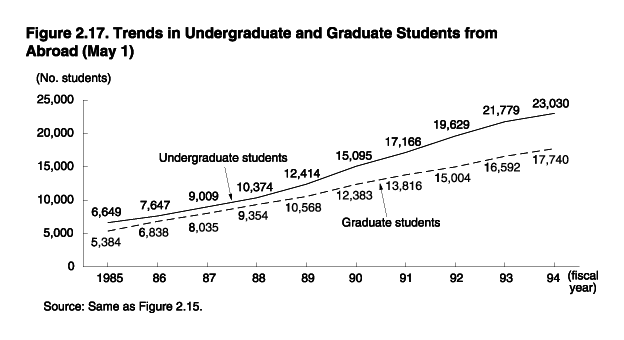
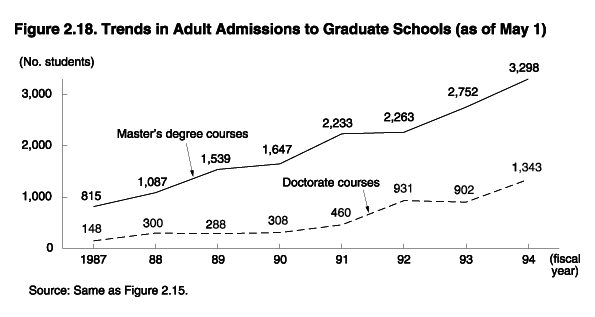
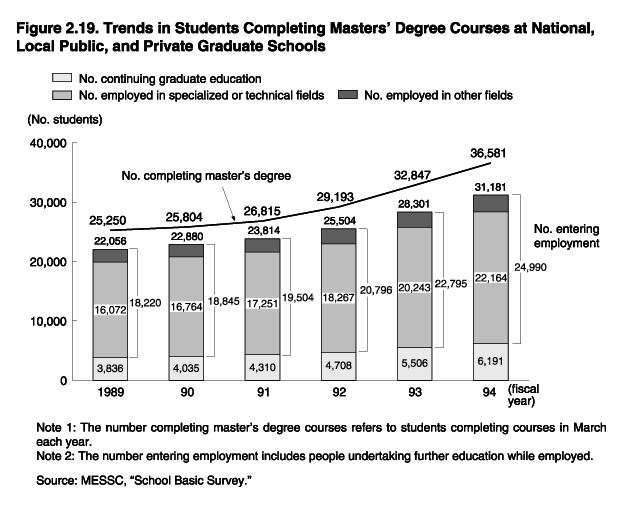
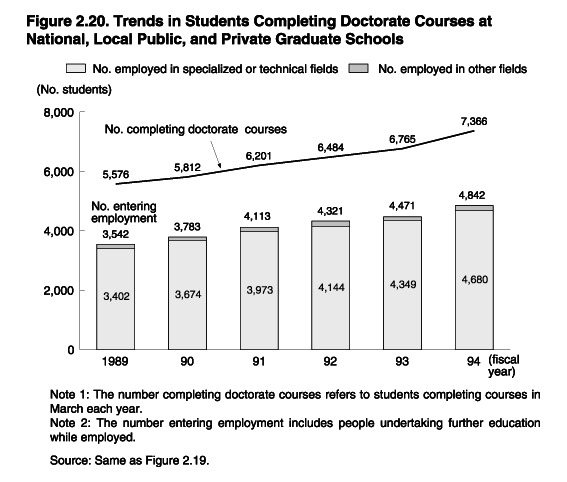
In January 1995 MESSC commissioned a private research organization to conduct a survey titled "Survey on Future Issues of University Reform." Outlined below are survey results pertaining to graduate students, including reasons for entering graduate school, lifestyle, and level of satisfaction with graduate schools. 1. Reasons for entering graduate school ( Figure 2.21 ) Students in traditional graduate-school formats were asked to state up to three reasons for entering graduate school. The most common response from those in the humanities and social sciences was "to conduct research based on my own perception of issues." This reason was cited by 28.8% of humanities students and 27.7% of social science students. The leading response from students in the natural sciences was "to enhance my overall abilities" (23.8%). 2. Class attendance: Wide variation according to field ( Table 2.4 ) Traditional graduate students spent an average of 15.7 hours a week attending lectures and seminars and participating in experiments and practical training. The averages for individual fields were 11.1 hours for the humanities, 9.0 hours for the social sciences, and 18.8 hours for the natural sciences. The percentages of students with under 15 hours ' attendance a week were 79.2% in the humanities and 87.9% in the social sciences. Only a small percentage of students in the humanities and social sciences had 50 or more hours' attendance a week, but the percentage rose to 14.3% for students in the natural sciences. 3. Image of and satisfaction with graduate schools
(1) High marks for individual independence but low rating for facilities ( Figure 2.22 ) :The survey was also designed to show how students' image of graduate schools changed after enrollment. Responses that gained higher scores after enrollment than before included "individuals allowed to act independently" (before enrollment 67.2%, after enrollment 69.1%) and "many adult students" (before enrollment 8.2%, after enrollment 16.5%). Among the responses for which lower scores were recorded after enrollment than before were "a place to acquire specialized knowledge" (before enrollment 90.5%, after enrollment 63.7%) and "large amount of time devoted to research" (before enrollment 85.9%, after enrollment 65.4%). Responses for which scores fell sharply after enrollment were "advantageous for job seeking" (before enrollment 43.4%, after enrollment 16.6%) and "comprehensive educational and research facilities" (before enrollment 41.4%, after enrollment 20.4%). (2) 43.1% of students satisfied overall ( Figure 2.23 ) :Analysis of the level of satisfaction among traditional graduate students shows that 43.1% were satisfied overall ("extremely satisfied" and "somewhat satisfied") and that 30.9% were dissatisfied ("extremely dissatisfied" and "somewhat dissatisfied"). Areas in which the satisfaction level was high were "quality of specialized research" (56.0%), "instruction by and interaction with faculty" (55.1%), and "educational and research instruction methods of faculty" (49.4%). 4. Wishes concerning graduate schools: Strong desire for improvement of facilities and equipment and of financial assistance ( Figure 2.24 ) When respondents were asked to select multiple items regarding their wishes concerning graduate schools, the leading response of many (50.1%) was "improvement of facilities and equipment for research, experiments, practical training, etc.," followed by "improvement of scholarship loans and other forms of financial assistance" (42.1%). These responses indicate a strong desire for improved conditions for education and research in graduate schools. 5. Adult students' attitudes to graduate schools The advent of the era of lifelong learning is reflected in the growing number of people who undertake study at graduate schools after graduating from university and entering employment with companies and other organizations. Outlined below are the results of the same survey applied to adult students. (1) Adequate opportunities to enter graduate schools, but dissatisfaction with admission information ( Figure 2.25 ) :When asked to state their views on graduate school education, 42.0% of respondents felt that there were adequate opportunities for admission of adult students. Only 11.8%, however, felt that they had adequate access to information about admission, indicating that the expansion of information resources for adult students is a priority. The low percentages of responses for "course content useful in the outside world and the workplace" (23.1%) and "needs of adult students reflected in course formats, including class hours" (13.6%) suggest that course content needs to be carefully designed to meet the learning needs of adult students. (2) 47.1% of adult students satisfied overall ( Figure 2.26 ) :Responses concerning the level of satisfaction among adult students indicate that 47.1% were satisfied overall ("extremely satisfied" and "somewhat satisfied"). Specific areas in which satisfaction levels were high were "instruction by and interaction with faculty" (59.9%) and "quality of specialized research" (56.4%). Figure 2.21. Reasons for Entering Graduate School (Traditional Students)
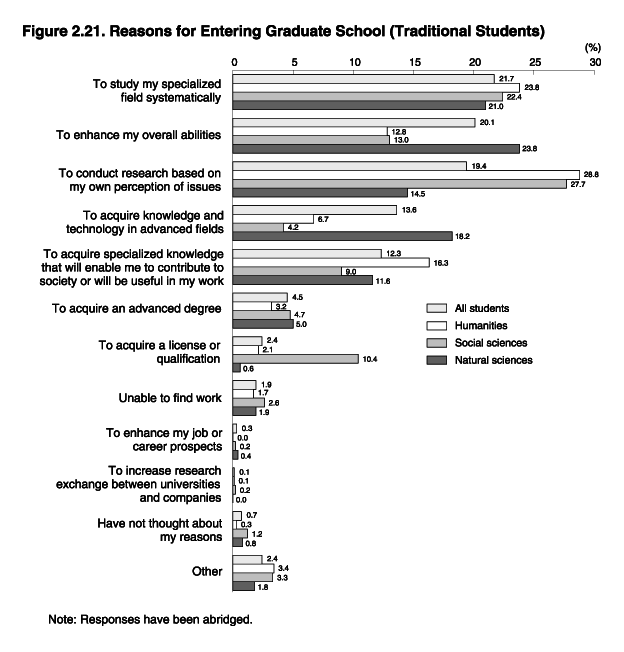 Table 2.4. Class Attendance
 Figure 2.22. Image of Graduate Schools Before and After Enrollment(Traditional Studets)
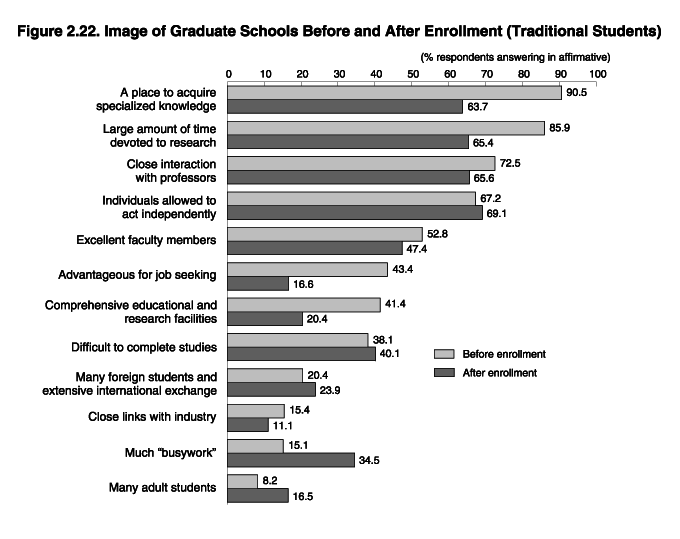 Figure 2.23. Satisfaction with Graduate Schools (Traditional Students)
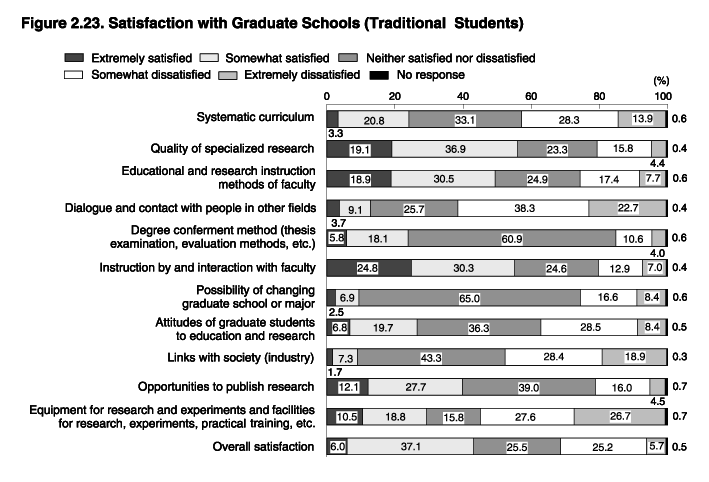 Figure 2.24. Wishes Concerning Graduate Schools (Traditional Students)
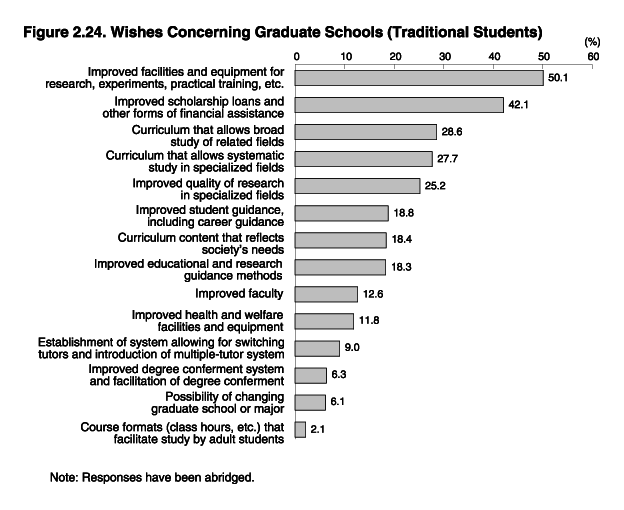 Figure 2.25. Adult Students' Attitudes to Graduate Schools
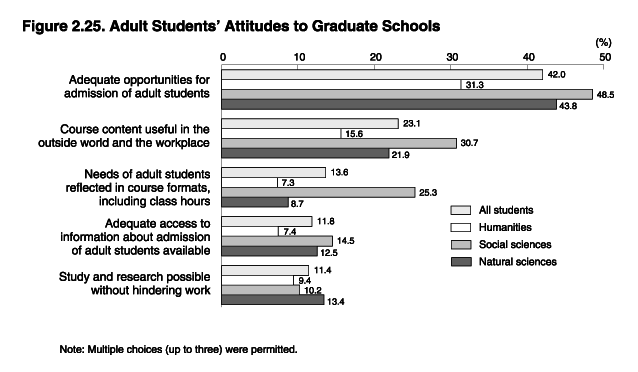 Figure 2.26. Adult Srudents' Satisfaction with Gradute Schools
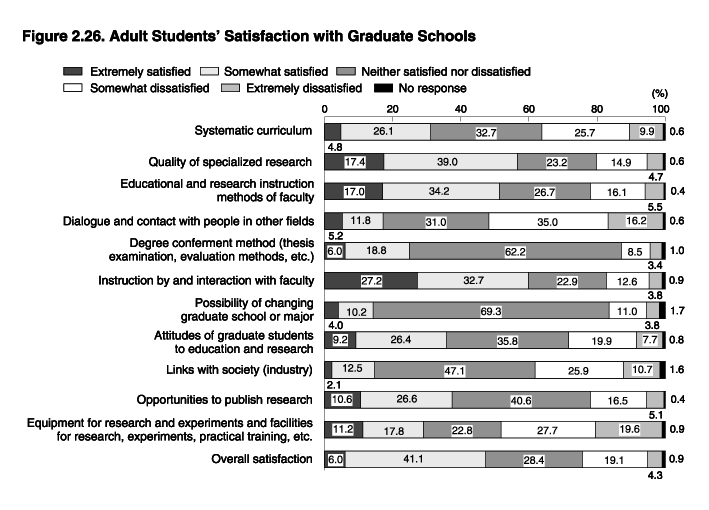 |
| Back to Top | MEXT HOME |